

Unlike the other villages of the Cinque Terre, of which we have news as early as the 11th century (Monterosso and Vernazza), for Riomaggiore, Manarola and Volastra we have to wait until the 13th century to have the first written documents regarding the territory of our municipality.
With one peculiarity: the name Riomaggiore appears even later; the seaside town is in fact preceded by some settlements on the hills (Casinagora, Sericò, Lemmen, Casen, Montenero).
WEBSITES FOR FURTHER INFORMATION:
- Parco delle Cinqueterre
- Comune di Riomaggiore
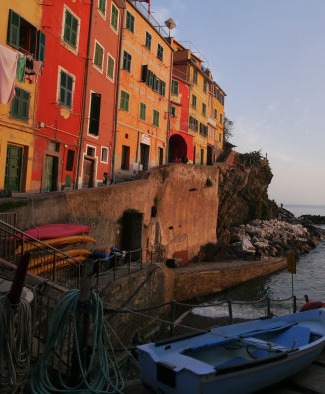
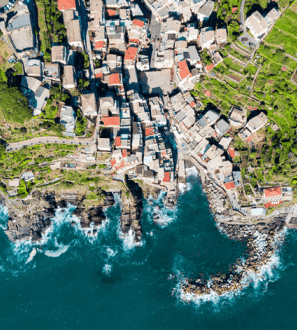
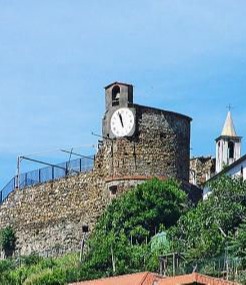
The structure of Riomaggiore has changed little over the centuries, as also demonstrated by the canvases of Telemaco Signorini, a Macchiaioli painter who immortalized many panoramas and scenes of the town from the mid-nineteenth century onwards. The houses follow the course of the stream, buried in its final part, with several parallel orders of houses, painted with typical pastel colors, developed in height on three or four floors, linked to each other by alleys and steep stairways. The main street that goes down towards the sea is Via Santuario, which then becomes Via Colombo, changing name again after Piazza Vignaioli and arriving at the Marina after the short tunnel towards the sea, Via San Giacomo. From Via Colombo, Via di Loca forks, which with an up and down also leads to the Marina, passing through Via Gramsci. The highest part of the village is instead located near Via Pecunia, where the main monuments are located: the church of San Giovanni Battista, the oratory of Saints Rocco and Sebastiano and the castle of Riomaggiore.


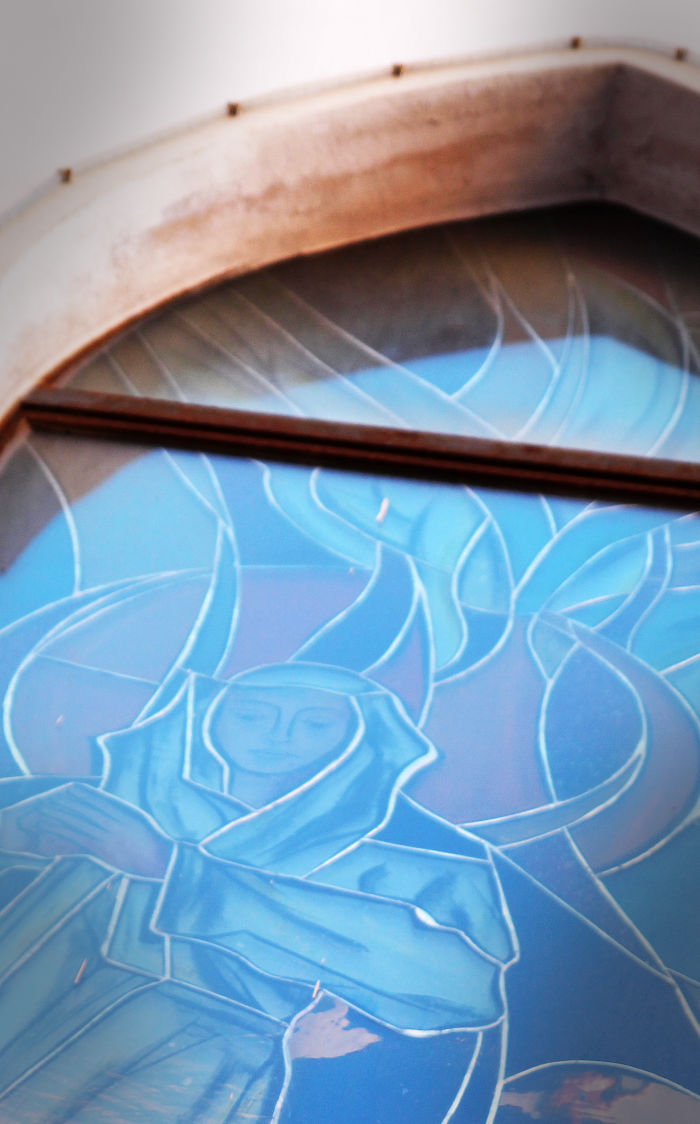
In the main alley, along Via Colombo, there is the oratory of Santa Maria Assunta or church of the Company, from the 16th century, with the beautiful 15th century tempera triptych of the Madonna with Child, between San Giovanni and San Domenico and a wooden statue of the Madonna delle Catene, symbol of the suffering due to the Saracen raids in the Middle Ages. The last monument to remember in Riomaggiore, located on the heights towards the Telegrafo hill, is the sanctuary of Nostra Signora di Montenero, documented since 1335 and built on the spot where the inhabitants hid an image of the Madonna to save it from the Lombards.
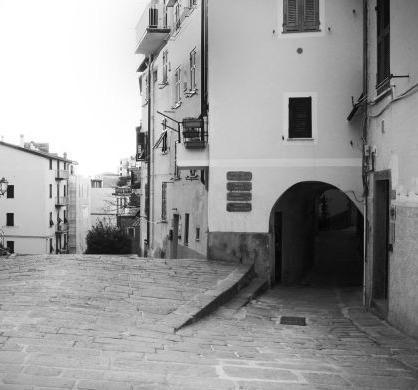
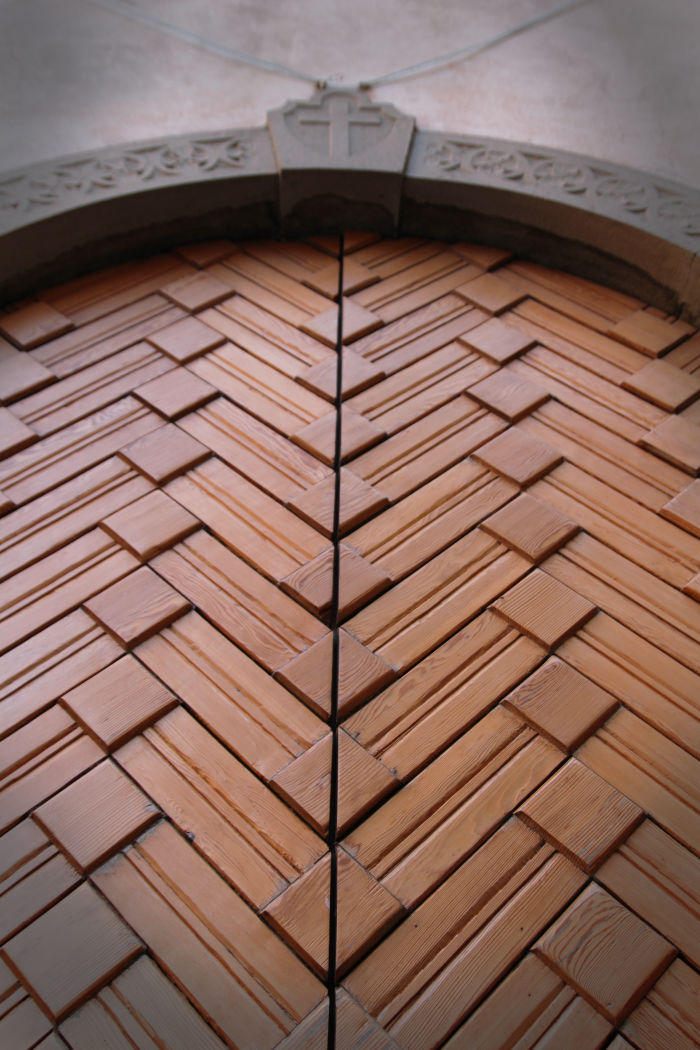
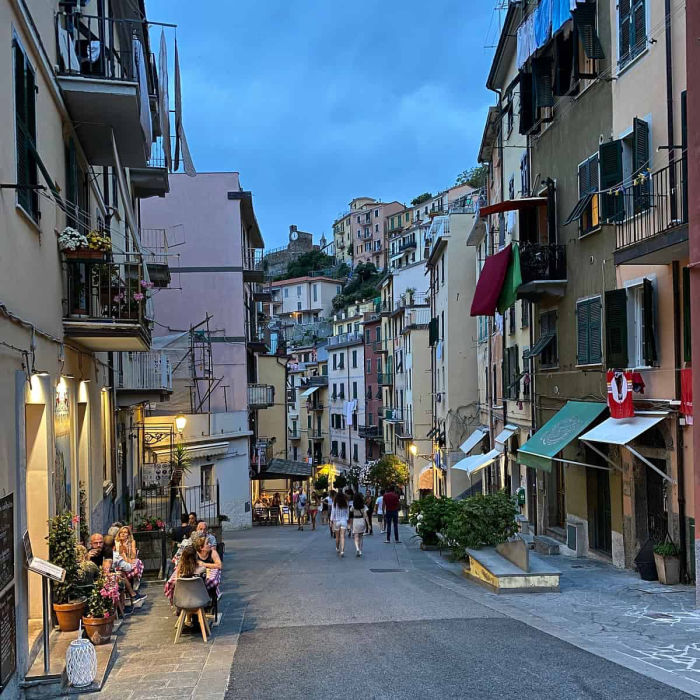
The parish church dates back to 1340, with a beautiful neo-Gothic façade renovated in 1820 after an earthquake, but retaining the rose window in white Carrara marble. The renovation involved the entire structure, with the expansion of the building, with the single-lancet windows and the two Gothic entrances decorated with zoomorphic and anthropomorphic elements remaining from the original plan. Inside, typically characterized by the alternation of black and white, there is a triptych by the master Benedetto Antelami, a canvas by Domenico Fiasella with the Preaching of John the Baptist and a wooden crucifix by Maragliano. The castle, on the other hand, located on the Cerricò hill, was initially built by the Turcotti marquises in the 13th century, then completed by the Republic of Genoa in the 15th and 16th centuries. Today it only retains the external part, with the walls and two large circular towers. During the Napoleonic period it was adapted as a cemetery and today it has been converted into a cultural space for events. Next to it stands the small oratory of San Rocco, with its white 15th-century façade and inside the triptych depicting the Virgin with Child and Saints. The oratory was perhaps built as a thanksgiving for the end of the plague epidemic. In the upper part of the town is also the town hall, with the mural by the Argentine artist Silvio Benedetto, who also decorated the train stations of the Cinque Terre.